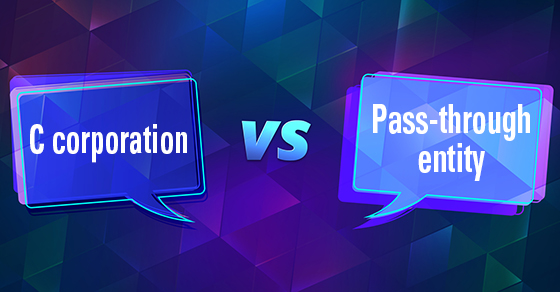There continues to be much uncertainty about the Affordable Care Act and how such uncertainty will impact health care costs. So it’s critical to leverage all tax-advantaged ways to fund these expenses, including HSAs, FSAs and HRAs. Here’s how to make sense of this alphabet soup of health care accounts.
HSAs
If you’re covered by a qualified high-deductible health plan (HDHP), you can contribute pretax income to an employer-sponsored Health Savings Account — or make deductible contributions to an HSA you set up yourself — up to $3,450 for self-only coverage and $6,900 for family coverage for 2018. Plus, if you’re age 55 or older, you may contribute an additional $1,000.
You own the account, which can bear interest or be invested, growing tax-deferred similar to an IRA. Withdrawals for qualified medical expenses are tax-free, and you can carry over a balance from year to year.
FSAs
Regardless of whether you have an HDHP, you can redirect pretax income to an employer-sponsored Flexible Spending Account up to an employer-determined limit — not to exceed $2,650 in 2018. The plan pays or reimburses you for qualified medical expenses.
What you don’t use by the plan year’s end, you generally lose — though your plan might allow you to roll over up to $500 to the next year. Or it might give you a grace period of two and a half months to incur expenses to use up the previous year’s contribution. If you have an HSA, your FSA is limited to funding certain “permitted” expenses.
HRAs
A Health Reimbursement Account is an employer-sponsored account that reimburses you for medical expenses. Unlike an HSA, no HDHP is required. Unlike an FSA, any unused portion typically can be carried forward to the next year.
There’s no government-set limit on HRA contributions. But only your employer can contribute to an HRA; employees aren’t allowed to contribute.
Maximize the benefit
If you have one of these health care accounts, it’s important to understand the applicable rules so you can get the maximum benefit from it. But tax-advantaged accounts aren’t the only way to save taxes in relation to health care. If you have questions about tax planning and health care expenses, please contact us.





